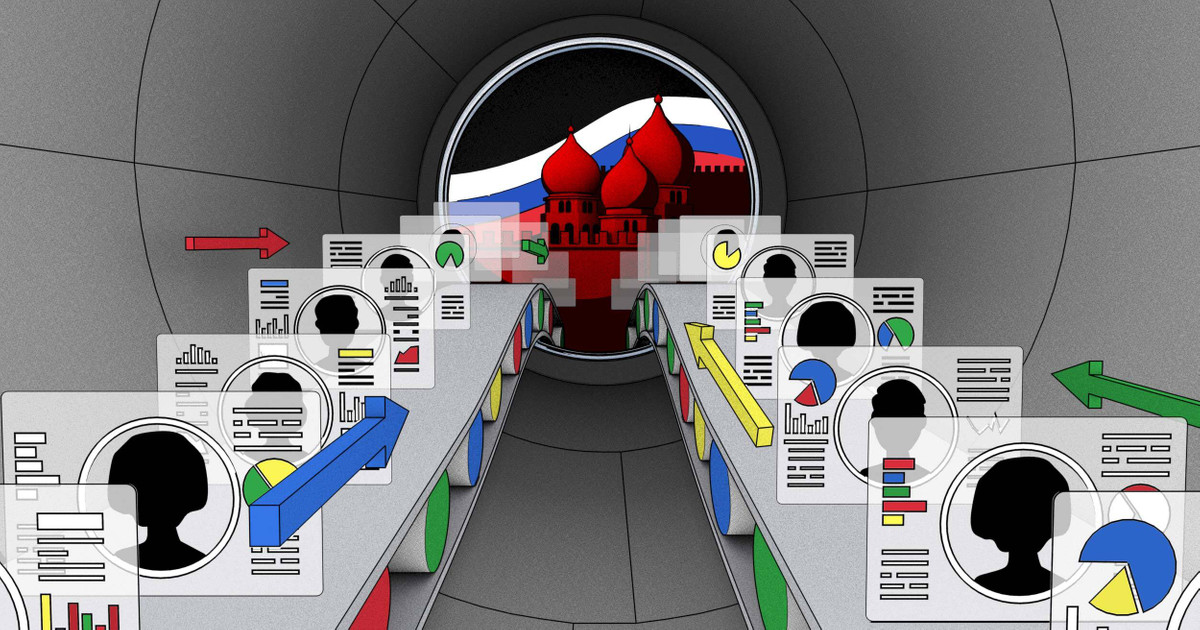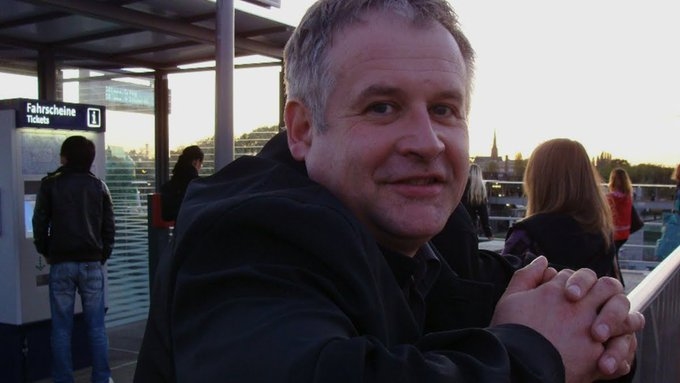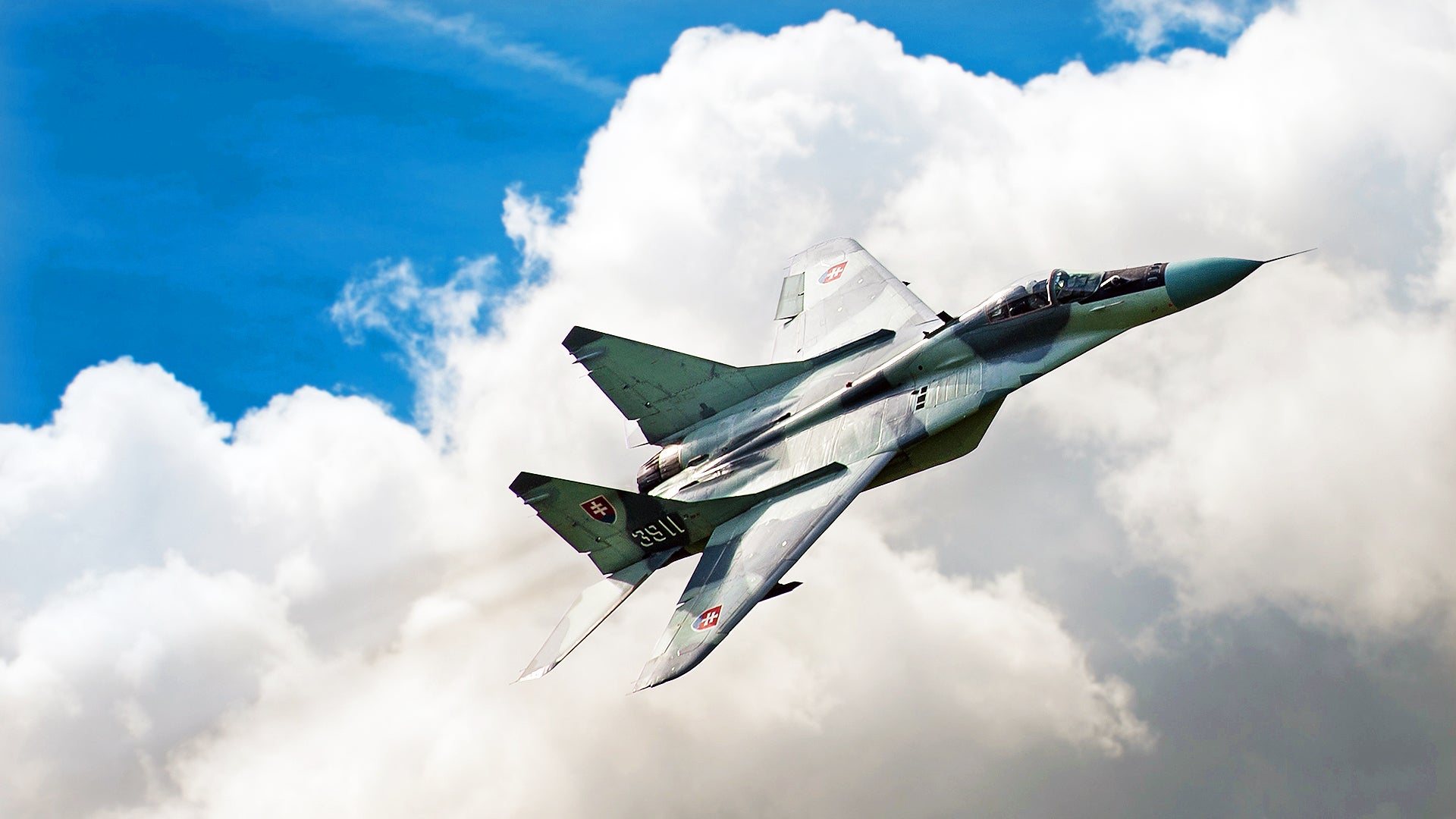Mister Terrific
It’s in the name
Igor Girkin – Doom Frontline Update for the 4 July 2022
by Dmitri | 4 Jul 2022 | Russian AccountsIgor Girkin shares on his Telegram channel the latest update to the Russo-Ukrainian War, recapping current situation in all frontlines and directions, assessing states of both sides and concluding on the results of the second stage of the “SMO”:
Short review of the frontline situation. With predictions.
1. “Border” front (from borders with Belarus and Kharkiv Oblast):
No substantial changes. The situation is gradually but steadily heating up. Artillery skirmishes, sabotage actions. The enemy is stepping up shelling and UAV attacks deeper into the Russian territory. The aim is to force RF AF to manoeuvre the available air defence units to cover the cities, weakening the cover of forces on the frontline and near rears, in addition to “increasing the prestige of the Russian authorities and the President personally among the population of shelled settlements”. Both sides are gradually bringing forces to the border. I predict that at the end of summer (if not earlier) this frontline will become quite active, which, considering the absence of mobilisation in RF, will only be beneficial to the enemy, who is able to put up a much larger number of “line” detachments and units, even if just light infantry, thanks to their own mobilisation.
2. Kharkiv frontline – no major changes.
Artillery skirmishes, aviation activities, fights of local significance. Prediction – potentially can become the main place for the upcoming “battle for the initiative”. How it will really turn out – we shall see. In any case, the extended configuration of the frontline will inevitably lead to attempts of one or the other side (or both) to conduct offensive operations with decisive or partial goals.
3. Izyum-Sloviansk direction.
The transfer of almost all combat-ready artillery and infantry forces of RF AF and LDPR AF to Lysychansk led to a local superiority of UAF over our forces, as a result of which a series of attacks on Krasnopolye and this general direction were unsuccessful. The enemy, by reinforcing their frontline (despite the battle for Lysychansk) with fresh reserves managed in several places to return lost tactical positions.
Prediction: the group of RF AF and LDPR AF in this direction will be definitely strengthened due to release of forces after the victory at Lysychansk, however I am not expecting an advance on the Sloviansk-Barvenkovo line (at least a successful one), since the enemy forces have entrenched well in the terrain, are quite numerous and active. The UAF command (and their military-political authorities) are paying special significance to holding the Sloviansk-Kramatorsk agglomeration.
4. Donetsk frontline. Seversk-Uhledar-Bakhmut section.
At the moment, advancing forces of RF AF and LDPR AF are attempting to move forward in the Seversk area “on the shoulders of the retreating enemy”. However the enemy prepared here in advance and occupied the new defensive lines with fresh forces, and continues entrenching. Prediction: unfortunately, I am not expecting substantial successes and the breakthrough of the UAF frontline in this area. A gradual fading of the fighting here is probable.
5. Donetsk frontline. Avdeevka-Maryinka section.
Positional fights with superiority of UAF (the superiority is achieved with good artillery support and the activity of UAVs, both reconnaissance and light strike UAVs). There may be attempts of RF AF command to develop the previously achieved success north of Avdeevka, which will now be much more difficult than during the initial breakthrough of the frontline (which was sacrificed to transfer forces to Severodonetsk-Lysychansk).
6. Donetsk frontline. South section.
Not changes. Pretty much the same situation as in the north. I predict only positional fights in the nearest future.
7. Zaporizhye frontline.
Positional fights, artillery skirmishes. Increasing activity of UAF sabotage groups in the near and far rears of our troops. Potentially one of the possible directions of the enemy offensive.
8. Kherson frontline.
No changes. At the forefront – gradually increasing shelling by UAF artillery. The line of contact has not been formed everywhere, in some sections the defence of both sides has local nature (inside localities). One of the most likely directions of the “battle for the initiative”.
General points:
1. The enemy.
- Throughout the past month, UAF have been continuously increasing the number of troops and equipment in all directions, both active and “sleeping”, thus creating a steady superiority in manpower, artillery and armoured vehicles at many of those. At the same time, the enemy continued forming strategic reserves, limiting their deployment into battle even at the peak of the Severodonetsk-Lysychansk battle.
- As a new element of the UAF tactic, special attention is paid to destruction by rocket artillery and unmanned aviation of important rear facitilies and RF AF and LDPR AF, primarily of large ammunition stockpiles that were not sufficiently or not at all covered by air defence forces.
- The local superiority in manpower allowed the enemy to take up previously abandoned territories in many sections without a fight, complicating the tactical situation of our units and formations active in those areas.
- Apparently, the emphasised defensive nature of the battle for Severodonetsk-Lysychansk from the UAF side was deliberate. Battles were simply dragged out with an aim to win as much time as possible and inflict maximum losses on the Russian strike group. After the loss of the main positions was a foregone conclusion, the command of UAF managed to withdraw the core of the defending forces and avoid encirclement of even the smallest part of them – both in Severodonetsk and Lysychansk and Zolotoye-Gorskoye. At the same time, however, the majority of the defender’s equipment was irreversibly lost.
Conclusion: UAF is concluding preparation for their own active operations in one or more directions. Will the enemy first wait for the new attack of RF AF or carry out their actions in a proactive manner – I will not be predicting this.
2. Our troops.
- The offensive potential of the strike group that took Lysychansk is almost fully exhausted. Continuing the advance without a sufficient operational pause necessary for replenishment and rest of the troops may lead to additional large losses without significant results. Regrouping and determining of the next offensive targets is necessary, as well as taking measures to repel probable enemy attacks.
- Russian troops are experiencing growing difficulties in confrontation with UAF on a tactical level due to increasing enemy superiority in manpower and the increase in modern combat equipment available to them.
- A lack of replenishment and the impossibility of rotation (especially for the mobilised units of LDPR AF who have been on the frontline for 3-4 months without rotation) leads to a slow but constant decrease in the actual combat readiness and morale of our units and formations currently on defence (while the morale of those who suffered heavy losses but still advancing assault formations remains high).
- The military-political authority of RF cannot allow itself to gain foothold in positions and give the initiative fully into the hands of the enemy, since dragging out the hostilities in these conditions will only lead to an increase in the enemy strength and weakening of our strength. Therefore I’m expecting deployment into combat of prepared reserves in a new offensive operation as part of the “battle for the initiative” immediately after some short operational pause.
General conclusion for May-June:
The “Second Stage of the SMO” ended without the complete achievement of the set goals. The group of UAF in Donbas is not defeated and not completely driven out of its territory. Only managed to defeat and push out a part of the enemy group from the “bulge” along the Siverskyi Donets, liberating fully the LPR territory and Popasna, Krasyni Lyman, Severodonetsk, Lysychansk and a number of smaller settlements.
The operation demonstrated that the RF “peace time army”, even significantly strengthened by LDPR AF and “surrogates” that are various PMCs is not able to complete the objective of the complete defeat of UAF and the victorious conclusion of the so-called SMO.
Delay in mobilisation in the Russian Federation may in the coming months lead to a crisis in certain areas of the “Ukrainian frontline”, while further ignoring of the aforementioned inability will negatively impact the situation on a strategic scale.
Igor Vsevolodovich Girkin, also known by the alias Igor Ivanovich Strelkov, is a Russian army veteran and former Federal Security Service officer who played a key role in the Annexation of Crimea by the Russian Federation, and later the War in Donbas as an organizer of militant groups in the Donetsk People's Republic.
TLDR: If Russia doesn’t call for national mobilization in the coming months Ukraine is going to outnumber Russian forces in men and material and Ukraine will also have technological superiority soon.
@PewPew an actual Russian officer debunking your Z Twitter clown talk







